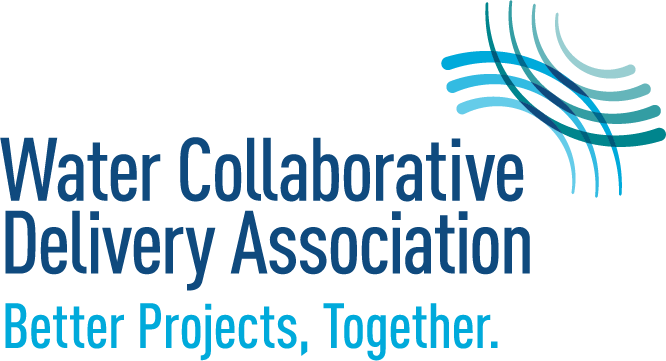Challenge
Serving a population of over 75,000 in the City of Warner Robins, Georgia, the Sandy Run Creek WPC Plant had not been upgraded or renovated significantly since its last major expansion in 1986. In May 2008, the Georgia Environmental Protection Division issued modifications to the NPDES Permit (National Pollutant Discharge Elimination System) and, though most of the required modifications were fairly minor, renovations were needed to avoid violations. In addition, the City of Warner Robins realized that additional capacity would be required to meet future needs.
Approach
In pursuing the progressive design-build delivery method, the City of Warner Robins issued a request for qualifications, and selected Haskell for the phase one pre-construction services, during which time Haskell partnered with the owner’s engineer Constantine Engineering, through an open-book process to design and build the required plant upgrades. As the design work was being completed, Haskell developed a guaranteed maximum price (GMP) and was selected for the phase two construction.
Begun in August 2012 and completed in December 2015, the project increased the monthly average flow from 9 million gallons per day (9 mgd) to a monthly average of 12 mgd and a peak flow of 30 mgd. The new headworks system of the plant now receives the influent wastewater for preliminary treatment. Two new 140-foot diameter clarifiers together with a combination mixed-liquor/suspended-solids flow splitter and return and waste activated-sludge pump station (RAS / WAS) were constructed to manage the solids. The project also included a new administration building of roughly 2,000 square feet which provided numerous technical improvements to the existing control building.
Result
To address the challenges affecting the Sandy Run Plant, Haskell’s work included the following components:
- Constructing a new effluent filter structure with integral new chlorine-contact basin, chlorination system and building
- Modifying the existing chlorine-contact basins into post-aeration basin and filter backwash supply water wet well
- Modifying the existing sludge holding tank into filter mud well
- Constructing a new rotary drum thickener for WAS (waste activated sludge) thickening and modifying the existing digesters and digested sludge pumps
- Constructing a new 2,000-SF administration building and making modifications and improvements to existing operations/lab building
- Constructing a new electrical and I&C system for 90% of WPCP including existing solids handling and digestion systems
Haskell delivered the 12-mgd capacity plant at a final cost of $28.5 million, which was below the City’s budgeted $30 million. The facility now realizes a lower daily energy use and is able to treat more water with less energy. Overall, the facility’s renovations enable the City to more cost effectively provide clean water not only to their current customers, but also for future growth.

